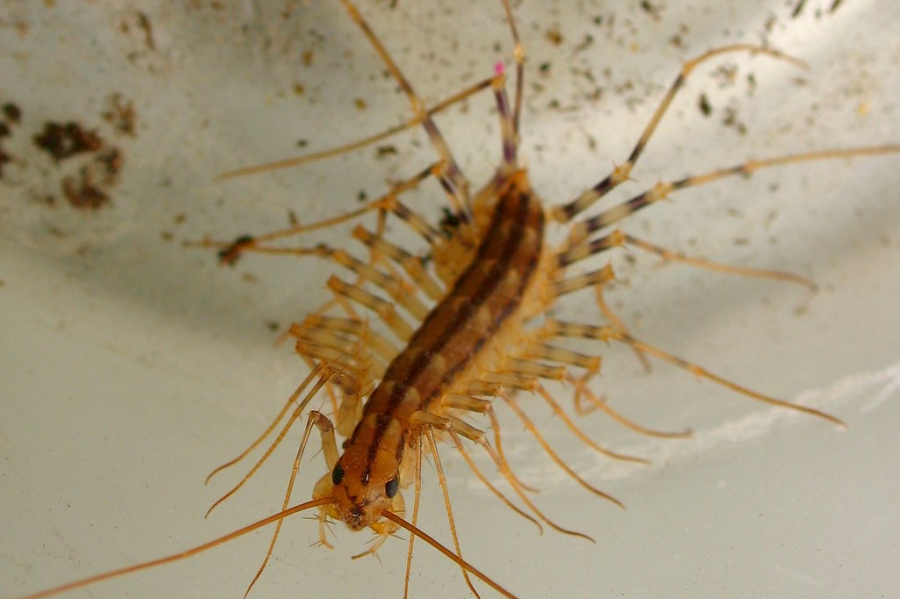Bug Out?
The arrival of spring inevitably entices some rather odd-looking creatures into our homes, but not all are bad roommates.
Among the most loathed household insects, the centipede can keep the spread of other bugs at bay.
Spring is fast approaching, and when the snow thaws and icicles melt, a collection of peculiar creatures begins to hunt for new homes. While they’re rarely welcomed in our suburban abodes, insects are eager to find new homes for the year. Despite common misconceptions, most insects are actually quite beneficial to have around the home. Many common spring bugs are pest-killing machines, natural pesticides defending your lawns from all sorts of unwanted varmint.
Nevertheless, it’s always wise to know which insects are living in or around the home, just in case some of these new roommates prove troublesome.
Stink Bugs and Ladybugs
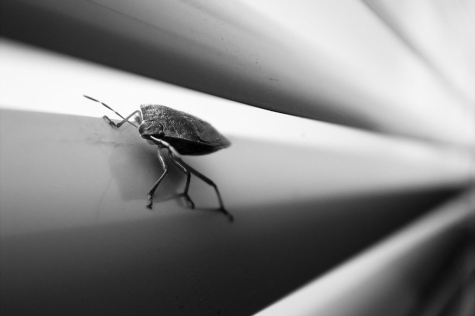
Stink bugs are by far the most recognizable household pest in western PA. Despite seeming like permanent residents of Pennsylvania, stink bugs were only introduced to the US in the late 1990’s. The invasive species was without predators and spread rapidly, frequently seeking refuge in homes.
Aside from eating garden foods, they pose no immediate health or safety risk to humans, although, as their name suggests, stink bugs can emit a putrid stench when crushed.
Generally, stink bugs enter the home through cracks, holes, and damaged areas in the house. Like many bugs, they are also attracted to light. Keeping outdoor lighting to a minimum and sealing off entry ways is the best method of deterring a stink bug squatter.
Ladybugs are another incredibly common house bug. Generally, they begin to infest houses near late fall, hibernating through the winter until spring. Ladybugs are generally attracted to sunny areas, often basking on the side of houses. They enjoy resting near flowers where they feast on nectars and pollen. Although a ladybug infestation may seem like an unwanted invasion, they’re actually beneficial to have around the house. Ladybugs are natural predators of aphids, the small pests that gorge themselves on vegetation. With fewer aphids around, lawn and garden health can improve dramatically. So, if a ladybug should find its way into your home, taking it to an area with ample foliage may benefit both your landscape and the ladybug.
Centipedes and Millipedes
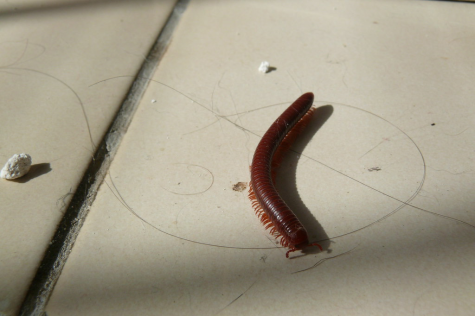
Centipedes are among the most loathed household insects. Despite what their name may suggest, centipedes generally do not have 100 legs. Instead, they may range from anywhere between 15 and 30 pairs.
Centipedes are carnivorous insects. They are armed with razor sharp fangs, and many possess a potent venom. However, centipedes are rarely aggressive, with bites occurring very infrequently. Sure, it’s terrifying when they climb out of the drain like a swamp monster, but centipedes are actually great for homeowners. Being predators, centipedes are fine-tuned hunters, capable of exterminating all kinds of unwanted insects. So, while it’s tempting to squish a centipede, they might be worth keeping around.
Millipedes, on the other hand, are less beneficial to your home. Armed with 40 to 400 pairs of legs, millipedes are similar in appearance to caterpillars and centipedes. Millipedes don’t survive long in houses. They require moisture to live, and most homes are too dry to sustain a millipede infestation. However, they can still cause some damage. Aside from being toxic to consume, millipedes frequently feast on vegetation. Generally, millipedes eat either seedlings or decaying plant matter. They can be beneficial decomposers for a garden or lawn, but should still be removed from the home.
Flies and Ants
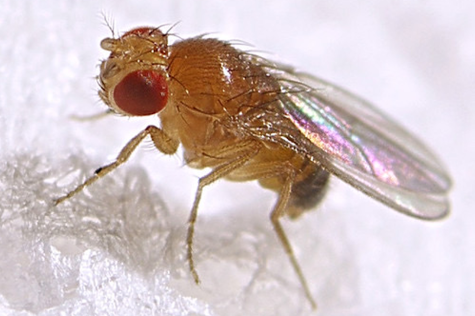
Flies are one of the most plentiful insects on our planet. Generally seen as a nuisance, flies are often unwelcome in the home. They serve as pollinators and decomposers outside, but will quickly become a pest indoors. They are highly attracted to rotting foods, animal feces, or liquid, so a clean household is vital for warding off flies. In addition, like many insects, flies are opportunistic, entering homes through any sort of opening. A well-kept home with regularly disposed of trash is the most unappealing environment for a fly.
To remove flies, certain herbs and flowers can be planted to deter them. Many of these plants, including bay leaves and basil, can also be used for cooking. And of course, the famed Venus flytrap may also serve as a deterrent to flies. Flies should not be in or around the home as they generally carry many diseases. So a clean home and diverse garden may act as a natural fly swatter.
Ants are the most numerous insects in the world, with their populations reaching far into the trillions. Unlike many other kinds of insect, ants will very rarely be found alone. Ants live in massive colonies, traveling together with the sole purpose of protecting the queen. Ants function as mobile construction workers, digging elaborate tunnel structures through any kind of material. While they most often plow through soil, ants have no compunction about digging straight through the wooden foundation of your home. While beneficial for soil or garden health, ants can have negative effects on the foundations of most homes.
To make matters worse, killing members of an ant colony one by one may cause the rest of the army to become curious, thus venturing further through your home. The most efficient way to ward off an ant colony is to keep a well-monitored and healthy landscape. With a more hospitable outdoor area, ants will be able to focus on their ecological purpose of cultivation rather than home invasion.
Spiders and Wasps
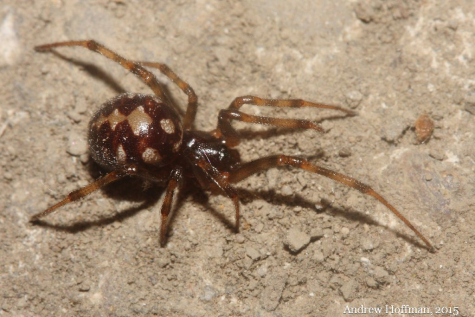
Spiders are among the most wrongfully feared creatures on the planet. Sure, many species do possess a venomous bite, but spiders lack aggression towards humans. In fact, many spiders prefer to “dry bite” their victims, puncturing the skin without injecting venom. As for spiders in PA, only two species native to the area are armed with a potent venom: the Black Widow, and Brown Recluse. Both spiders are non-aggressive, preferring to keep to their webs.
As for the rest of the spiders that may be moving in with you this spring, they’ll most likely seek out dark and damp areas to make small cobwebs. Having spiders around the home will keep pests to a minimum. But if the homeowner should wish to remove the arachnids, relocating them to an outdoor area will have the largest benefit for both parties.
Wasps are another fearsome insect that many humans fear more so than necessary. Wasps are commonly compared to bees, the docile black and yellow pollinators we’ve grown to appreciate. However, wasps are far less tranquil than the average honey bee. Wasps, like bees, build elaborate hives in elevated areas. While beehives often allow their honeycombs to remain exposed to the elements, wasp nests will often be coated in a paper mache-like substance composed mainly of wood pulp and saliva. Wasp nests may pose a serious threat to family members and pets, so nests should only be removed professionally. Wasps are mostly non-aggressive, but they will not hesitate to sting and swarm when they feel that their hive has been threatened. Certain wasps bury their nests underground, often attacking anyone who steps near the entrance.
If you should ever suffer from a wasp sting, no stinger will need to be removed. However, the potent venom left behind may cause discomfort, a burning sensation, and even anaphylactic shock in certain cases. If a wasp should wander its way into your home this spring, calling professional services may be the most effective way to evict these unruly tenants.
******
Most insects looking for a new home this spring are harmless. They’re recently hatched, curious, and in need of a warm environment. However, the home generally isn’t the healthiest abode for insects or humans alike. Removing unwanted bugs from the home in a humane and ecologically sustainable manner may have positive effects on lawn and garden health, while also keeping living spaces cleaner.
The next time an inquisitive insect wanders into your home uninvited, evict it with a kindness and understanding that even the most minute pieces in life help build the larger picture that is our world.

Brady Crow is a senior for the 2023-2024 school year. He's a Co-Editor-in-Chief for the Uproar this year and is excited for the opportunity to write and read many fascinating articles. When not writing for the Uproar, Brady enjoys working at his church, going to the gym, and taking care of his pet lizard.

